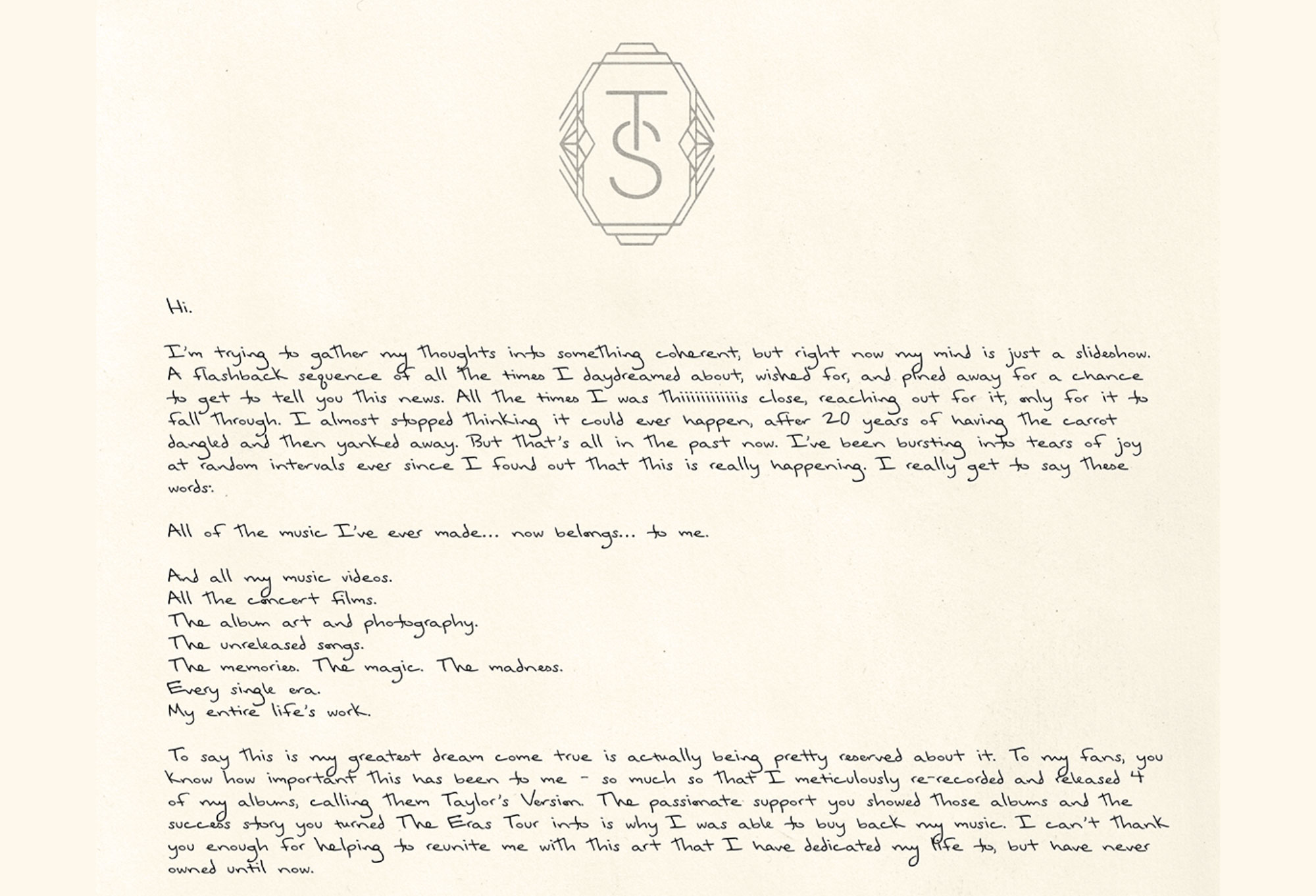The pro's guide to being a UX lead
UX architect and web developer Rachel Guthrie-Maynard offers the benefit of her experience on digital projects.

So you're the UX lead on a new project. Seize this as an opportunity to create a good user experience for the team members within your organisation who will bring the project to life.
In this article I'll offer a few tips for taking advantage of your unique role in a project's life span to set your team up for success...
Become an expert on the project's scope
You don't always have the opportunity to be part of scoping sessions for new projects. Sometimes you won't even know a project exists until you're invited to a meeting and the timeline is dropped in your lap.
In a perfect world, you'd be able to speak with stakeholders, review competitive analysis insights and consider some initial information architecture ideas in order to influence the scope of work, but this is reality. Welcome!
As the UX lead for a project, you can help yourself and the entire team by becoming an expert on the signed, sealed and delivered scope of work. Resources, timelines and budgets are all based on scope, so one of the biggest favors you can do for your team is to help lead a project that stays within it.
SOW and ye shall reap
Get to know the scope of work forward and backward. There will likely be a portion of the SOW (statement of work) dedicated to UX deliverables, but you can't stop there. Your UX recommendations should be influenced by the affordances and limitations set by the SOW for all teams that will touch the project.
Are there any technologies to be used that limit or dictate functionality? Will external vendors need to be coordinated? Are there limits set for the number of design templates or amount of content creation? Has any functionality or content been specifically requested?
These are a few of the questions that familiarising yourself with the SOW should help answer and, in turn, help you recommend UX solutions that keep the efforts of all team members within scope.
Get perspective from your team
Once you've become an expert on the outlined scope of a project, it's important to educate yourself on the perspectives of other team members. In order to provide the team with viable UX recommendations, your deliverables should take into account the requirements and expectations of every discipline involved.
For example, if a specific technology has been outlined for use in the development phase, read up on that technology's documentation. The interaction design and functionality specifications you provide should sync up with the capabilities and limitations of the chosen technology. If a technology has not been chosen, make a habit of finding time to converse and brainstorm with individuals who will be making those decisions.
By consistently working to understand what is expected from the team members of other disciplines, you can outline UX solutions that help ease the project's transition from department to department.
Stay within scope
If a project moves into the development phase and you've set a course for specific functionality that is not supported by the chosen technology, you've potentially pushed the project out of scope and tightened the timeline for your organisation's developers, art directors, project managers and account leads who will have to rework previously approved deliverables and have awkward discussions with a disappointed client.
Don't expect anybody else to double-check your UX recommendations for congruence with scope or technology requirements. Take on that responsibility for yourself. Other team members will appreciate working with an individual who accounts for their perspective up front, helping their transition onto the project be as seamless as possible.
Make organisation a priority
Being an expert on scope and getting educated on the perspectives of other team members are incredibly important, but the effort you've put into those endeavors has no value without an organisational plan to help carry your UX solutions through the project's life span.
When creating an organisational plan for your UX deliverables, try thinking of other team members as your users and the organisation of your solutions as the user experience designed for them. How can you best format UX work for effective use by your internal project team?
There is no single correct answer because every team functions and is structured differently. Your organisational strategy should evolve with every completed project. If you haven't had much experience with specific team members, make a point to sit down with them and discuss how you can organise and format your deliverables to help them do their job most efficiently.
Avoid anxiety
If a project moves into the design phase and you have specified 26 pages on a sitemap but the scope of work dictates no more than 14 design templates, you may be causing undue anxiety for the project's creative team.
You should aim to anticipate and alleviate anxiety for internal team members the same way you work to alleviate anxiety for your users on the Web. Including organisational elements within UX deliverables or creating correlational reference documents can help with this.
In this scenario, you could try to alleviate anxiety by:
- Working to understand the creative team's perspective: There is a need to complete a finite number of designs within a finite amount of time given finite resources.
- Pinpointing the potential source of anxiety: There is an incongruent number of pages on the sitemap and scoped template designs without enough time or resources to complete more than the finite number agreed upon.
- Designing a solution that addresses the anxiety: Organise and label template design types on the sitemap with unique identifiers. Produce a wireframe for each template design type and label it with the same unique identifier listed on the sitemap.
With this solution, you can feel confident you've been able to recommend information architecture that supports project goals without causing scope creep or anxiety for your internal team.
Conclusion
As a UX lead, you should aim to flex your expertise beyond the realm of client work alone. When you start to think of your fellow team members as users who deserve a good experience when working on a project together, you can take small, logical steps to help make that a reality within your own organisation.
A perfectly planned and executed project is rare, if not impossible, but making an effort to improve your internal team's overall experience is very valuable. By consistently learning from small successes and failures, your process and your team will grow more skilled and efficient with every new project you tackle.
Words: Rachel Guthrie-Maynard
Rachel is a user experience architect, web developer for Sq1. A nerd for digital strategy, she loves 70s music, all things paranormal, and a nice cold gin & tonic within arm's reach.

Thank you for reading 5 articles this month* Join now for unlimited access
Enjoy your first month for just £1 / $1 / €1
*Read 5 free articles per month without a subscription

Join now for unlimited access
Try first month for just £1 / $1 / €1
Get the Creative Bloq Newsletter
Daily design news, reviews, how-tos and more, as picked by the editors.

The Creative Bloq team is made up of a group of art and design enthusiasts, and has changed and evolved since Creative Bloq began back in 2012. The current website team consists of eight full-time members of staff: Editor Georgia Coggan, Deputy Editor Rosie Hilder, Ecommerce Editor Beren Neale, Senior News Editor Daniel Piper, Editor, Digital Art and 3D Ian Dean, Tech Reviews Editor Erlingur Einarsson, Ecommerce Writer Beth Nicholls and Staff Writer Natalie Fear, as well as a roster of freelancers from around the world. The ImagineFX magazine team also pitch in, ensuring that content from leading digital art publication ImagineFX is represented on Creative Bloq.
